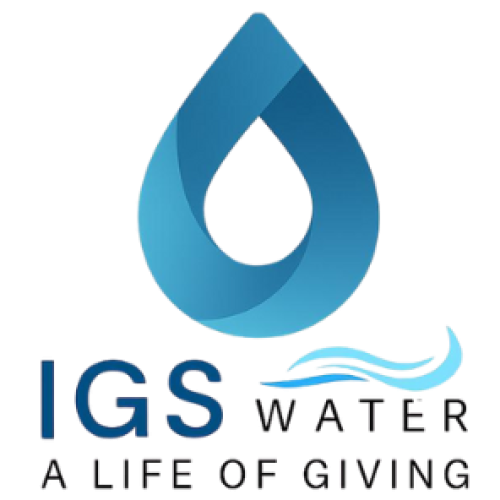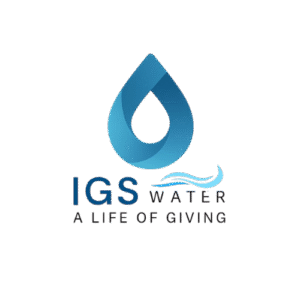— And why nanobubble technology could be part of the answer.
The Earth is often called the “blue planet” — and for good reason. About 71% of its surface is covered in water. But despite this abundance, clean and healthy water is becoming increasingly scarce.
From polluted rivers and lakes to overburdened wastewater systems, the challenges we face in managing our water resources have never been greater. Algae blooms, dying aquatic life, foul-smelling ponds, and unsafe drinking water are not just isolated issues — they’re symptoms of a system under stress.
So, the question is: how do we restore balance to our water ecosystems and protect them for future generations?
The Crisis Beneath the Surface
Across the globe, water bodies are struggling.
- Wastewater treatment plants are under pressure from increasing urban populations.
- Agricultural runoff filled with fertilizers and pesticides is causing oxygen depletion and toxic algal blooms.
- Industrial and food processing facilities are discharging high-strength waste that conventional systems can’t fully handle.
- In lakes and reservoirs, layers of water can become stratified, trapping harmful gases and reducing oxygen for aquatic life.
These are complex problems, and no single solution can solve them all. But advances in water technology offer promising tools — and among the most exciting of these is nanobubble technology.
Rethinking the Way We Work With Water
Environmental recovery doesn’t always require chemicals, heavy machinery, or massive infrastructure changes. Sometimes, nature just needs a little help.
Nanobubbles—tiny gas bubbles less than 200 nanometers in size—are proving to be a powerful ally. Invisible to the eye and highly stable in water, they behave differently from regular bubbles. Instead of rising and bursting quickly, nanobubbles remain suspended in water, dramatically increasing gas transfer and gently improving water quality over time.
Their tiny size allows them to:
- Penetrate microscopic crevices
- Deliver oxygen more efficiently
- Break down contaminants
- Reduce odors and harmful bacteria
- Support aquatic ecosystems with higher dissolved oxygen levels
These aren’t just ideas. Nanobubble generators are already in use — in lakes, rivers, farms, and treatment plants — helping the environment recover with minimal disruption.
A Gentle Solution for a Massive Challenge
Imagine being able to clean water, support aquatic life, and reduce chemical usage—all by adding trillions of invisible bubbles to the water.
At IGS Water, we’ve developed a pure nanobubble generator that does just that. It’s designed for simplicity, sustainability, and high performance—no circulation, no clogging, and over 100 million nanobubbles created with every cycle.
Whether you’re working with polluted rivers, agricultural water systems, or even aquaculture environments, our nanobubble device offers a low-energy, chemical-free option to help nature heal.
We believe this kind of technology represents a shift toward smarter environmental solutions—letting science work with nature instead of against it.
The Future is Clearer with Every Bubble
The water crisis we face is real—but it’s not unsolvable. If we combine innovation with environmental responsibility, we can make a difference.
Let’s support sustainable solutions. Let’s protect our water systems. Let’s bring life back to our lakes, rivers, and oceans—one nanobubble at a time.
🫧 Learn more about how our nanobubble generators are being used in real-world environmental projects.
Together, we can make water cleaner, naturally.

